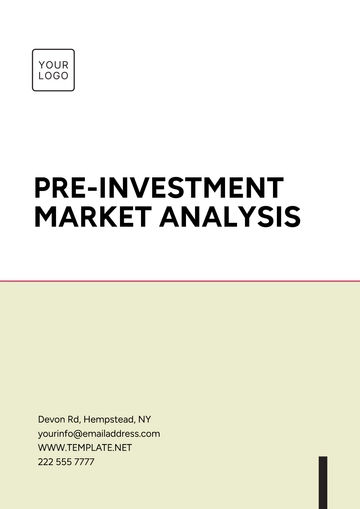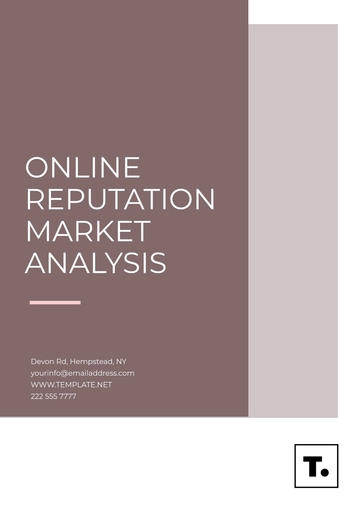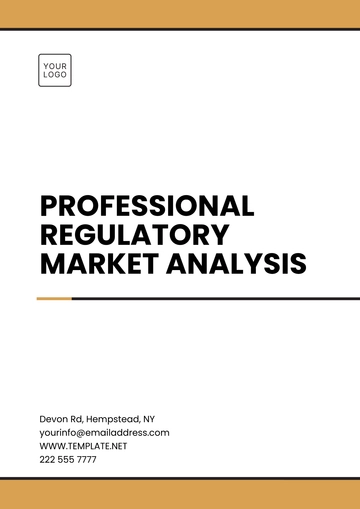Free Magazine Trend Analysis Article

Title: The Rise of Sustainable Fashion: A Trend Analysis
Written by: [Your Name]
Publication Date: [Date]
I. Introduction
In recent years, sustainable fashion has emerged as a significant trend, reshaping the global fashion industry. As consumers become more conscious of the environmental impact of their choices, fashion brands are increasingly adopting sustainable practices. This article analyzes the rise of sustainable fashion, its current status in the industry, and its future potential.
II. Background Information
Sustainable fashion refers to clothing, shoes, and accessories produced in an environmentally and socially responsible manner. The movement gained momentum in response to the fashion industry's notorious reputation for environmental pollution and unethical labor practices. Factors such as climate change awareness, the popularity of ethical consumerism, and a push for transparency in manufacturing processes have accelerated the demand for sustainable fashion.
III. Trend Description
The sustainable fashion trend is characterized by several key elements, including the use of eco-friendly materials, ethical manufacturing practices, and a focus on reducing waste through recycling and upcycling. Brands are increasingly exploring materials like organic cotton, recycled polyester, and even innovative fabrics like mushroom leather. Ethical labor practices, such as fair wages and safe working conditions, are also becoming a central aspect of brand narratives. Additionally, many companies are adopting circular fashion models, where products are designed to be reused, repaired, or recycled, minimizing waste.
IV. Data and Evidence
The growth of sustainable fashion is evident through various data points. According to a 2053 report by the Global Fashion Agenda, the sustainable fashion market is expected to grow by 9.4% annually, reaching $65 billion by 2060. Additionally, a survey conducted by McKinsey & Company in 2052 found that 67% of consumers now consider sustainability an important factor when purchasing clothing. Social media platforms have also seen a rise in sustainable fashion influencers, with hashtags like #sustainablefashion and #ethicalfashion amassing millions of posts, indicating a growing consumer interest.
V. Impact Analysis
The impact of the sustainable fashion trend on the industry is profound. Many established brands, such as Patagonia and Stella McCartney, have long championed sustainable practices, but now, even fast-fashion giants like H&M and Zara are launching eco-friendly collections. This shift has encouraged innovation in fabric technology and prompted improvements in supply chain transparency. However, it also raises challenges, such as the higher cost of sustainable materials and the complexity of verifying the authenticity of ethical claims. Additionally, there is a risk of "greenwashing," where companies falsely advertise products as environmentally friendly to capitalize on consumer demand.
VI. Future Predictions
Looking ahead, the sustainable fashion trend is likely to continue its upward trajectory. As consumers demand more accountability, brands that fail to embrace sustainability may face reputational risks and potential losses in market share. Technological advancements, such as blockchain for supply chain transparency and the development of new sustainable materials, will likely support this trend. Moreover, regulatory changes, particularly in Europe, could enforce stricter guidelines on environmental practices, further driving the adoption of sustainable methods in fashion production.
VII. Conclusion
The rise of sustainable fashion marks a significant shift in the industry, driven by consumer demand for ethical and eco-friendly practices. While challenges remain, the trend presents numerous opportunities for innovation and growth. As brands adapt to this new paradigm, sustainable fashion is set to become a mainstay of the industry, influencing not just what we wear, but how it is made and why we choose it.
VIII. References
Global Fashion Agenda, "Pulse of the Fashion Industry 2052 Report," 2052.
McKinsey & Company, "The State of Fashion 2051," 2051.
Social Media Insights, "Sustainable Fashion Trends on Social Media," 2054.
- 100% Customizable, free editor
- Access 1 Million+ Templates, photo’s & graphics
- Download or share as a template
- Click and replace photos, graphics, text, backgrounds
- Resize, crop, AI write & more
- Access advanced editor
Introducing Template.net’s Magazine Trend Analysis Article Template is fully customizable and editable for a polished, professional look. Editable in our AI Editor Tool, it allows you to easily adapt the content and design to match your magazine’s style, offering a clear structure for presenting industry trends and insights in an engaging and visually appealing format.





























